Cats are mysterious, captivating, and endlessly fascinating—just like their unpredictable daily habits. Have you ever noticed your kitty happily using the litter box but stubbornly refusing to take a bath, preferring a quick wipe-down with pet wipes? Or maybe your cat loves watching you from afar, only to curl up in a cozy cat bed after a playful sprint through the house. These quirks are more than amusing—they’re the key to understanding your cat’s unique personality.
Cat Personality Test: Why It Matters for Every Cat Owner
Just like people, cats have distinct personalities that shape how they act, play, and connect with us. Some cats are bold explorers, always chasing adventure, while others are cautious observers who prefer a calmer environment. Understanding your cat’s unique personality not only makes daily life smoother but also helps reduce stress, prevent unwanted behaviors, and create a happier home.
Tools like a cat personality test or even a fun cat quiz can uncover insights into different cat personality types. By learning more about your cat’s temperament, you’ll be able to choose toys, design enrichment activities, and give affection in ways that truly match their needs—ultimately building a stronger and more trusting relationship.
Take the Test (with Visuals)
1. When guests come over, your cat tends to:
-
E (Extraverted): Very curious and affectionately clingy. Greets guests, rubs against them, and loves attention.
-
I (Introverted): Timid and shy, hides in advance. Disappears under the bed or into another room.
2. Your cat prefers to:
-
S (Sensing): Play-fights with companions, zooms around, always ready for action.
-
N (Intuition): Enjoys quietly staying still, thinking, and sleeping. Prefers observing over participating.
3. When your cat is grooming and you put your hand in front of them:
-
T (Thinking): Turns a blind eye and continues grooming itself, focused on the task.
-
F (Feeling): Licks your hand, showing affection and emotional connection.
4. After your cat finishes using the litter box:
-
J (Judging): Very cautious, never exposes its scent. Carefully covers the litter.
-
P (Perceiving): Sparsely covers the litter, doing it half-heartedly or not at all.
Combine your answers to get your cat’s MBTI code, then read on to discover what it means!
The 16 Cat MBTI Types
These personality types highlight familiar cat behaviors. For example:
- INTJ: Solitary, but secretly craves affection.
- ENFP: Playful, energetic, and the life of the party.
- ISFP: Independent, curious, and sometimes rebellious.
- ESTJ: Mature, steady, and independent.
Each type helps you understand your cat’s social habits, play style, and needs.
Spotlight: Tuxedo Cat Personality Traits
Tuxedo cats, famous for their striking black-and-white coats, aren’t a breed but a color pattern found in many cat breeds. However, many owners and experts agree that tuxedo cats often stand out for their lively and engaging personalities.
Common Personality Traits of Tuxedo Cats:
-
Playful & Energetic: Tuxedo cats are often described as playful “class clowns,” always ready to chase a feather toy or pounce on a moving shadow.
-
Highly Social: These cats tend to bond closely with their families, following their favorite humans from room to room and seeking attention with affectionate headbutts or gentle meows.
-
Intelligent & Curious: Tuxedo cats are quick learners and love exploring new environments. Puzzle feeders and interactive toys are great for keeping their minds sharp.
-
Confident & Adaptable: Many tuxedo cats are outgoing and handle new situations with ease, making them well-suited for busy households or families with children and other pets.
-
Vocal & Expressive: Don’t be surprised if your tuxedo cat “talks” to you with a variety of meows and chirps!
Care Tips for Tuxedo Cats:
-
Provide plenty of enrichment, such as interactive toys and climbing trees, to satisfy their curiosity and energy.
-
Schedule regular playtime and social interaction to keep them happy.
-
Use positive reinforcement for training—these clever cats often enjoy learning tricks!
-
Embrace their vocal nature and respond to their “conversations” to strengthen your bond.
While each tuxedo cat is an individual, many share this delightful mix of playfulness, intelligence, and affection. If you’re lucky enough to share your home with a tuxedo cat, you’ll likely enjoy an entertaining and loving companion who brings extra charm to your everyday life.
The Science: The Feline Five Model
Cats have unique personalities, and researchers have identified five main traits that shape how they think and behave—often called the “Feline Five.” These traits include:
-
Neuroticism: cats that are more anxious, shy, or wary of new situations
-
Extraversion: playful, curious, and highly active cats
-
Dominance: cats that show bossy behavior, resource guarding, or aggression toward others
-
Impulsiveness: energetic but unpredictable cats that act on a whim
-
Agreeableness: affectionate, gentle, and sociable cats
RUnderstanding these different cat personality types is more than just fun—it can make a big difference in daily life. By learning about your cat’s individual traits through a cat personality test or even a lighthearted cat quiz, owners can:
-
Reduce stress and prevent common behavioral problems
-
RPick toys and enrichment that suit their cat’s unique style
-
RImprove harmony in multi-cat households
-
RAddress issues like aggression or anxiety before they escalate
RExploring your cat’s personality not only deepens your bond but also helps create a happier, more comfortable home for both pets and people.
Practical Tips—Using Personality in Daily Cat Care
1. For Shy, Anxious, or Neurotic Cats
-
Provide multiple hiding places and quiet zones.
-
Avoid sudden changes in routine and minimize loud noises.
-
Allow your cat to approach you—never force interaction.
-
Use pheromone diffusers or calming sprays.
-
In multi-cat homes, ensure access to resources without competition.
2. For Curious, Active, Extraverted Cats
-
Offer a variety of toys, puzzle feeders, and climbing structures.
-
Rotate toys regularly to prevent boredom.
-
Schedule daily interactive play sessions.
-
Provide window perches or safe outdoor enclosures.
-
Encourage positive social interaction with people and pets.
3. For Dominant Cats
-
In multi-cat households, provide separate food, water, litter boxes, and resting areas.
-
Monitor for bullying or resource guarding.
-
Use positive reinforcement for calm behavior.
-
Introduce new cats gradually and supervise interactions.
4. For Impulsive or Erratic Cats
-
Keep routines consistent for feeding, play, and quiet time.
-
Offer safe spaces and vertical territory for retreat.
-
Redirect unwanted behaviors with toys or treats.
-
Assess for sources of stress and address them.
-
Consult a vet if impulsiveness is severe or sudden.
5. For Affectionate, Agreeable Cats
-
Spend quality time cuddling, petting, and talking to your cat.
-
Encourage gentle play and positive social experiences.
-
Supervise introductions to new people or pets.
Real-Life Examples
Sarah’s ENFJ Maine Coon:
“After discovering my Maine Coon is an ENFJ, I started playing more interactive games and noticed he became more affectionate and less bored. He loves being part of every family activity!”
Mike’s ISFP Rescue Cat:
“My ISFP cat used to hide when guests came over. By creating more hiding spots and letting her approach on her own terms, she’s become much more confident and even greets visitors now.”
Multi-cat Household Tip:
“We have a dominant ESTP and a shy INFP. By giving them separate feeding stations and plenty of high perches, there’s less tension and more playtime together.”
Frequently Asked Questions
Can my cat’s personality change over time?
Yes! Kittens may become bolder or calmer as they mature. Sudden changes in adult cats may signal health issues—always consult your vet if you notice dramatic shifts.
Is MBTI for cats scientific?
MBTI is a fun framework, but the Feline Five is backed by scientific research. Use MBTI as a playful entry point, but rely on the Feline Five for practical guidance.
How do I handle a multi-cat household?
Understand each cat’s dominant traits. Provide enough resources and space, and supervise introductions to minimize conflict.
Matching Products & Enrichment to Personality
-
Active, playful cats: Need interactive toys, climbing trees, and puzzle feeders.
-
Shy or anxious cats: Benefit from calming beds, pheromone diffusers, and safe hideaways.
-
Dominant cats: Require multiple feeding stations and separate litter boxes in multi-cat homes.
-
Affectionate cats: Enjoy cozy beds, window perches, and plenty of cuddle time.
Explore our curated selection at 4FurBaby to match your cat’s personality!
Summary: Celebrate Your Cat’s True Personality
No matter your cat’s MBTI code or Feline Five score, embracing what makes them unique strengthens your bond. From active explorers to quiet observers, every cat has its charm. At 4FurBaby, we celebrate these differences by creating safe, gentle products that fit every feline personality.
💬 Curious about your cat’s personality or want tailored product tips? The 4FurBaby team is here to help every step of the way.
Contact Us Here





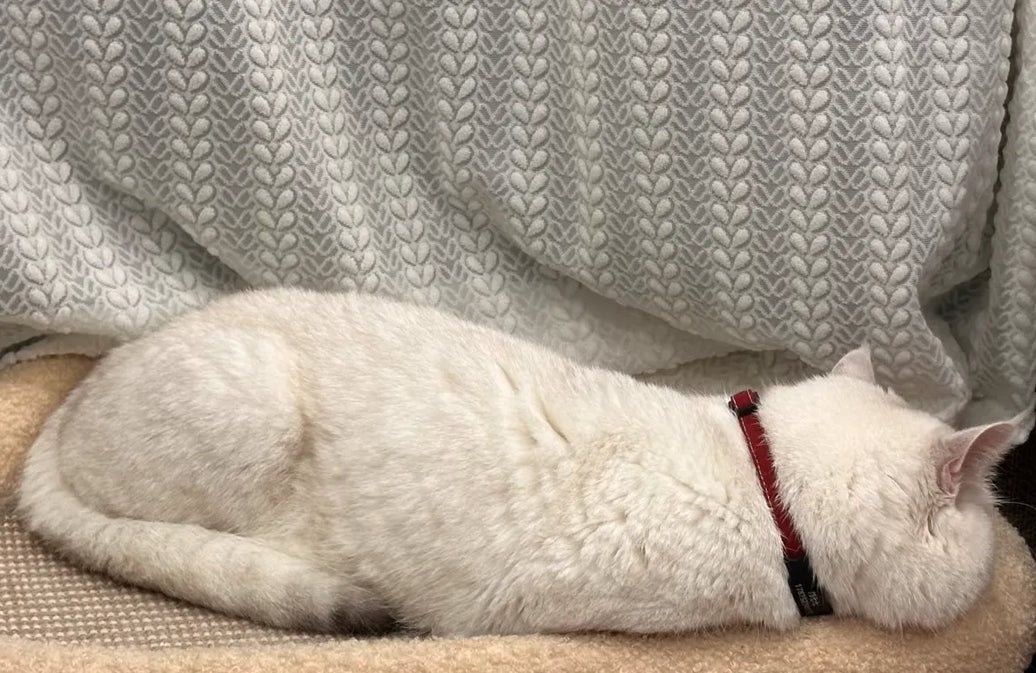
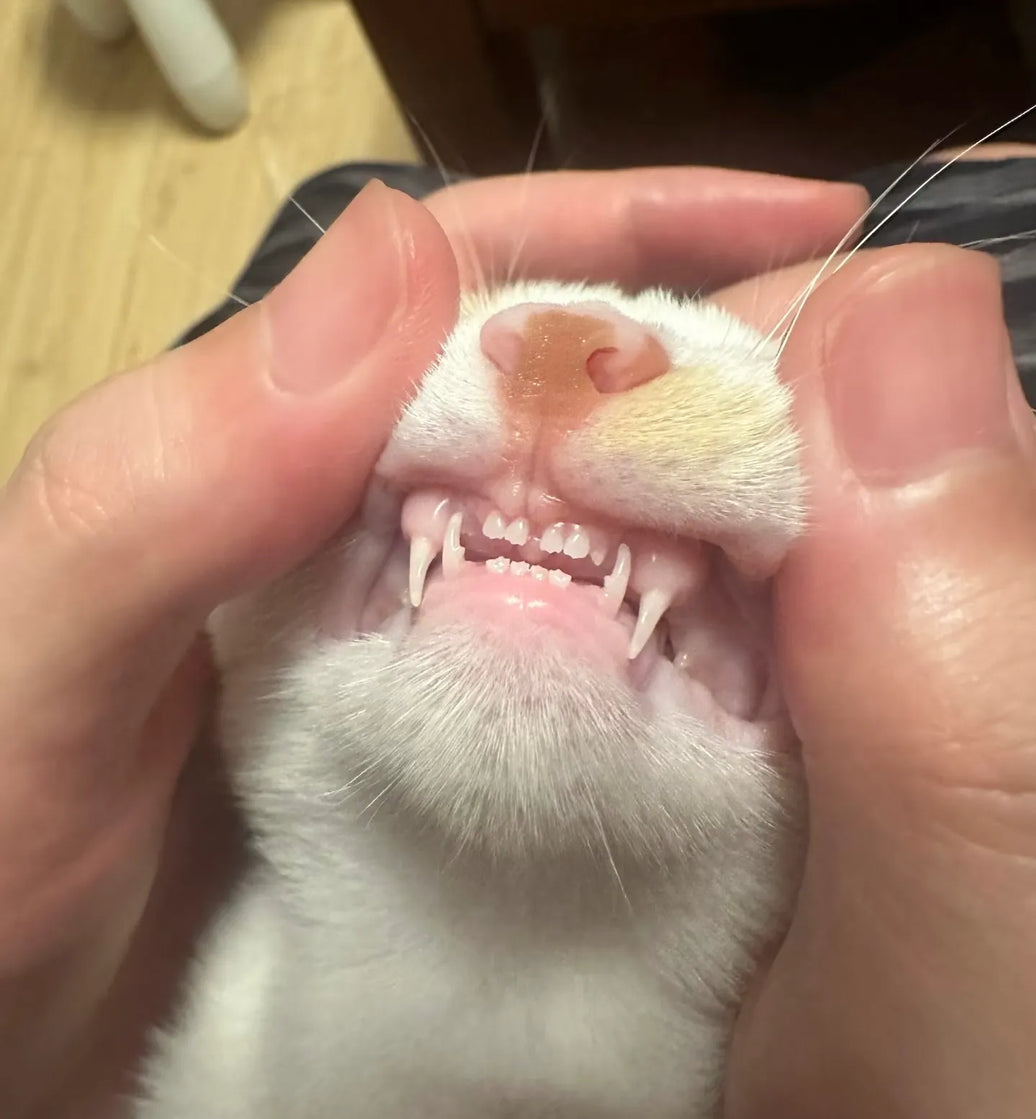
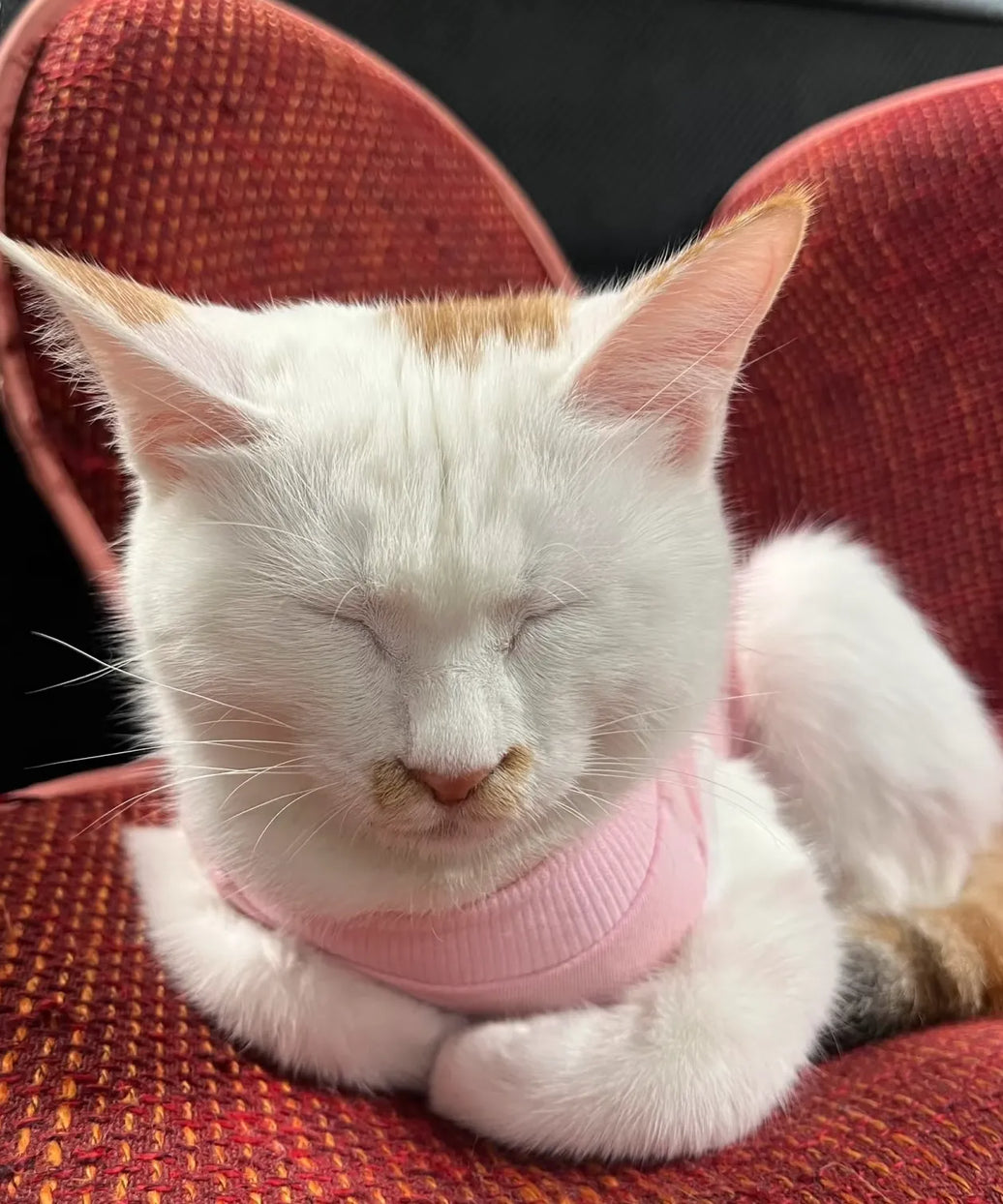



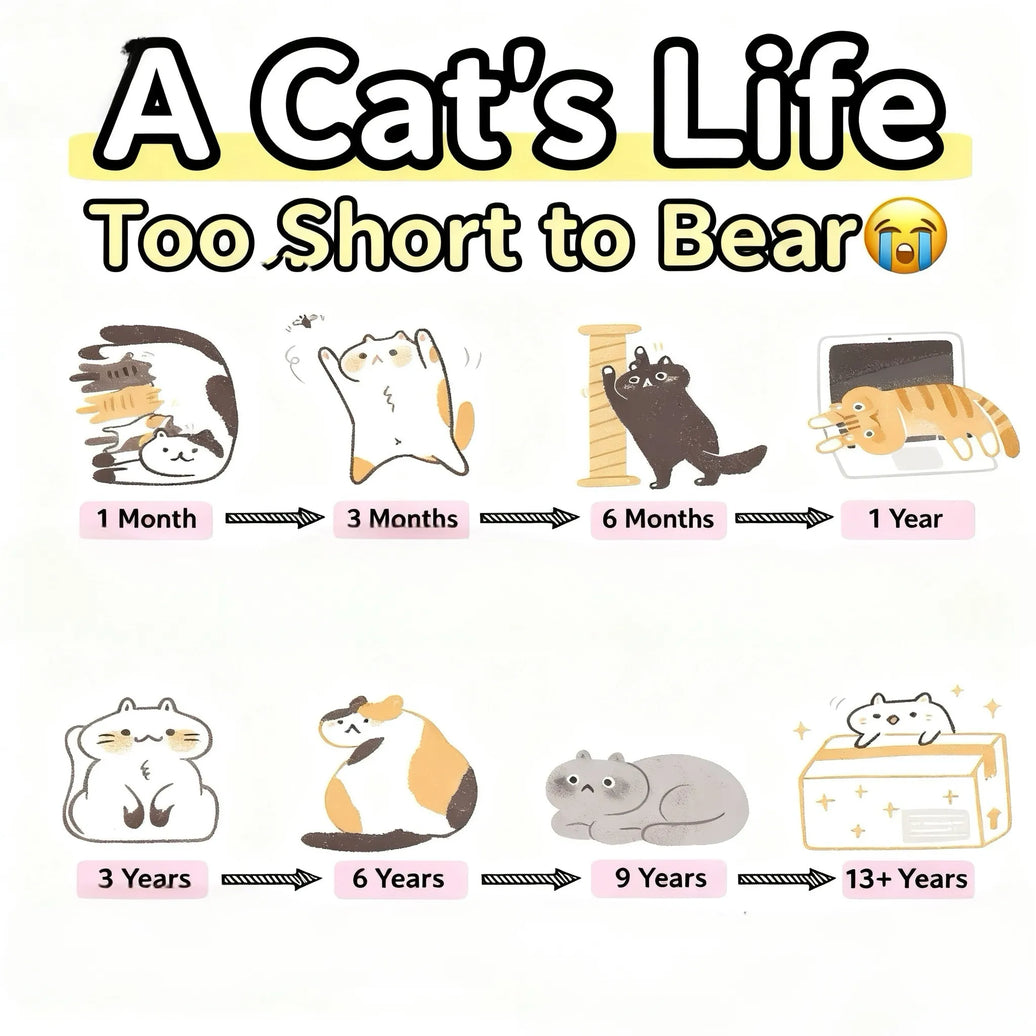
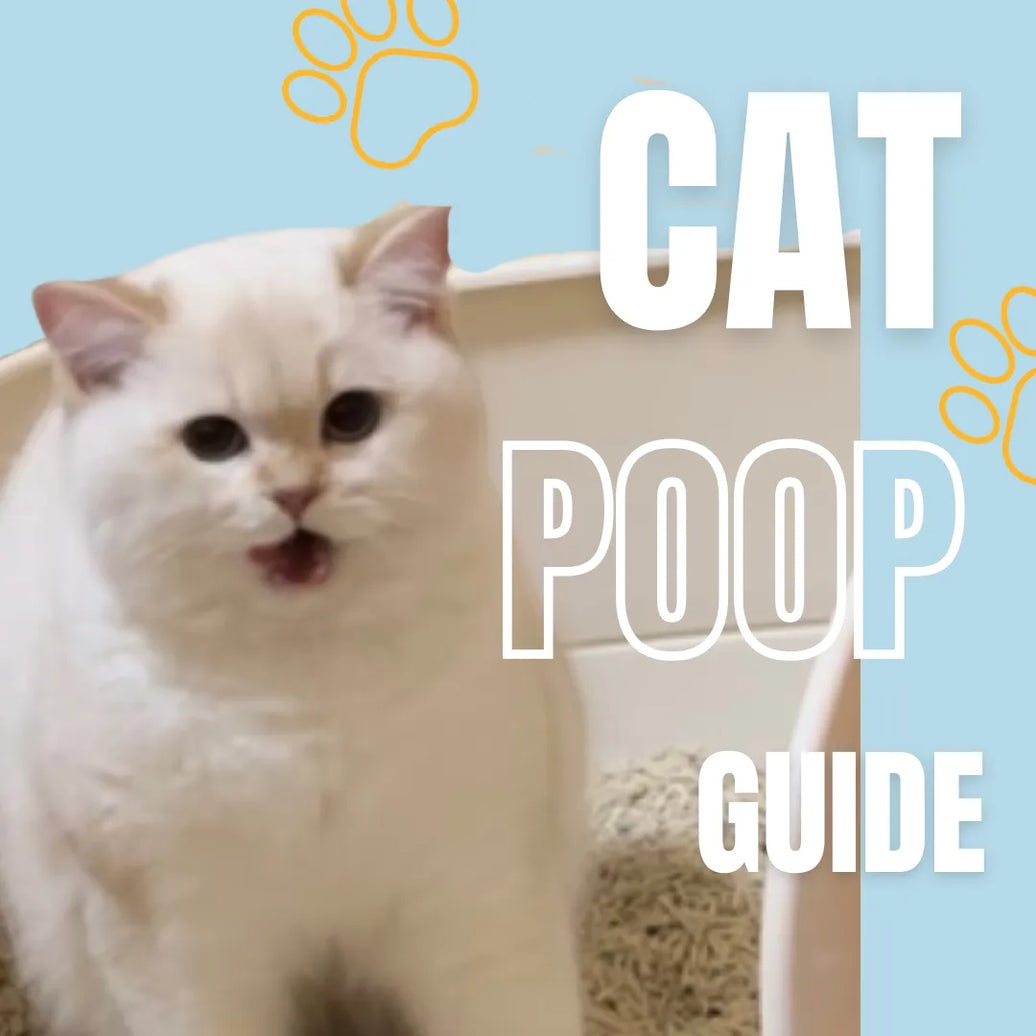
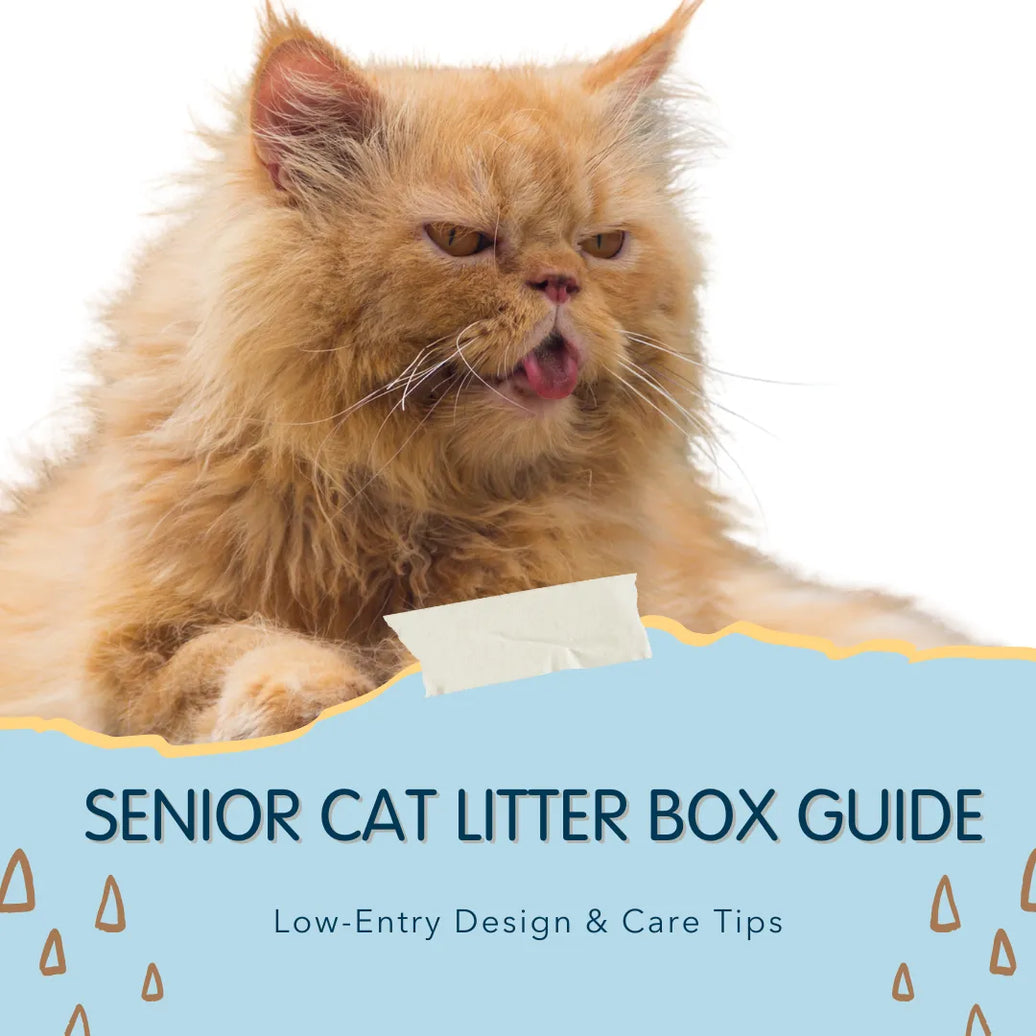

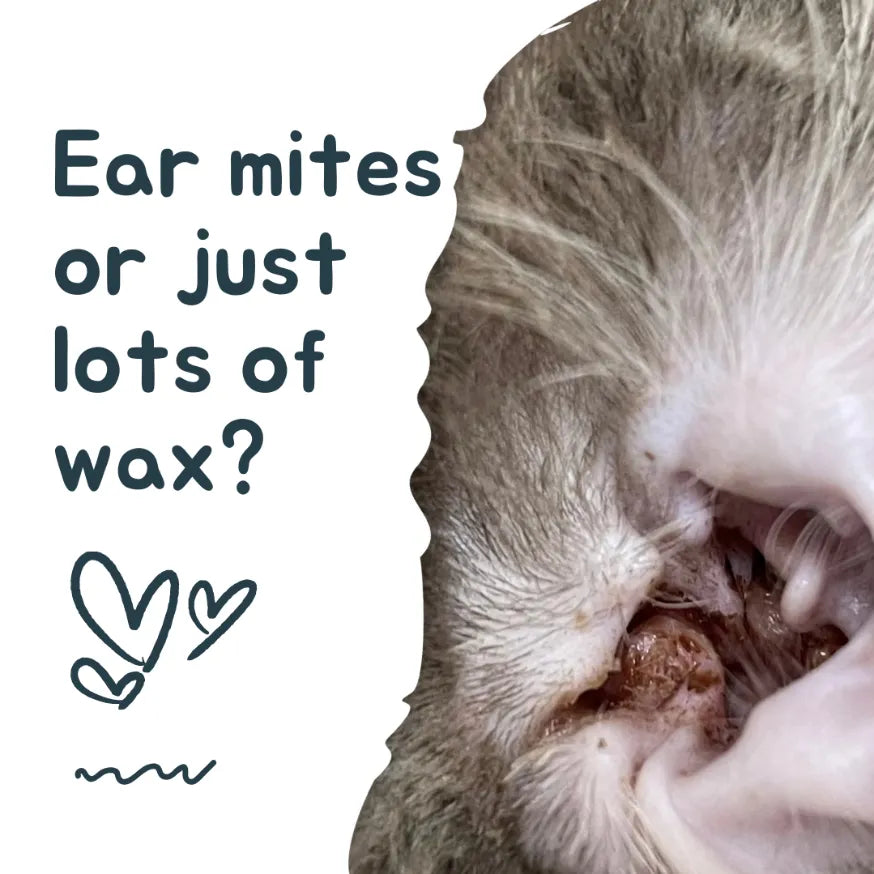
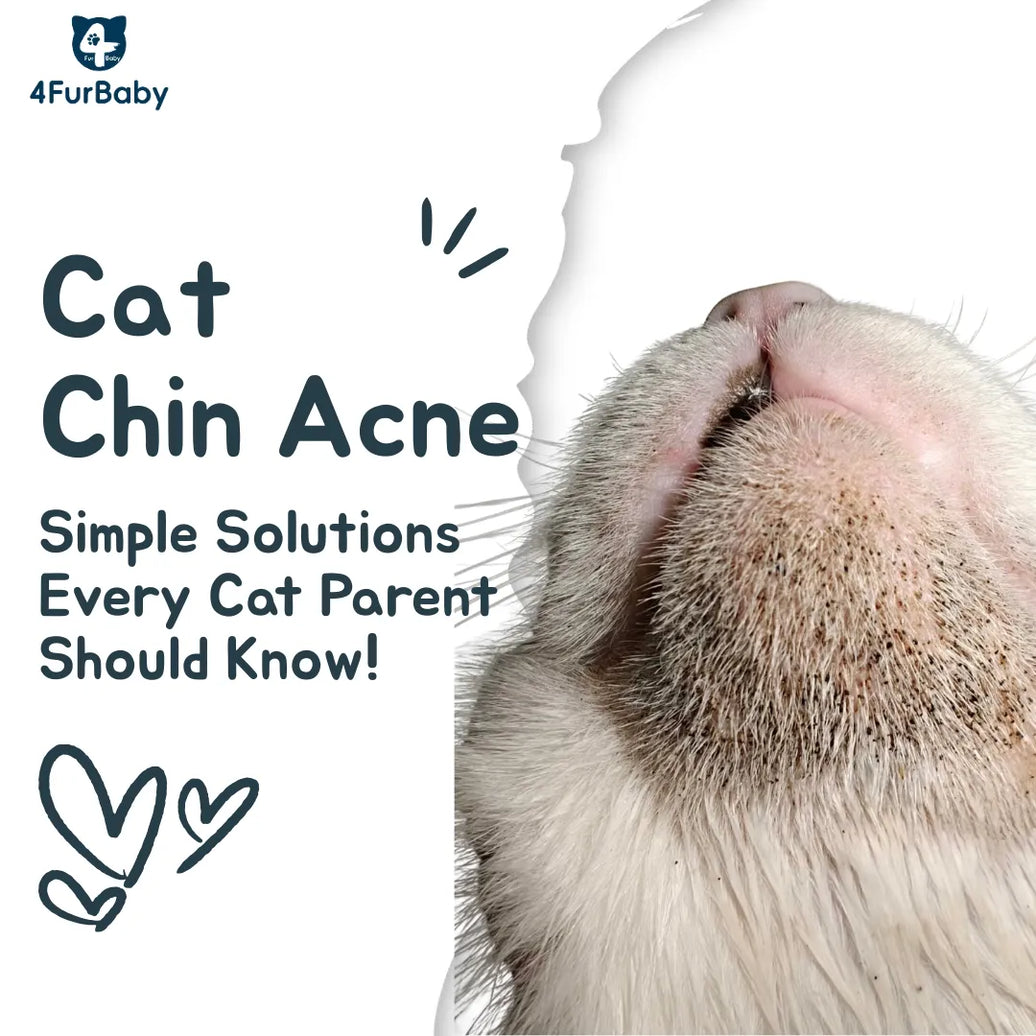
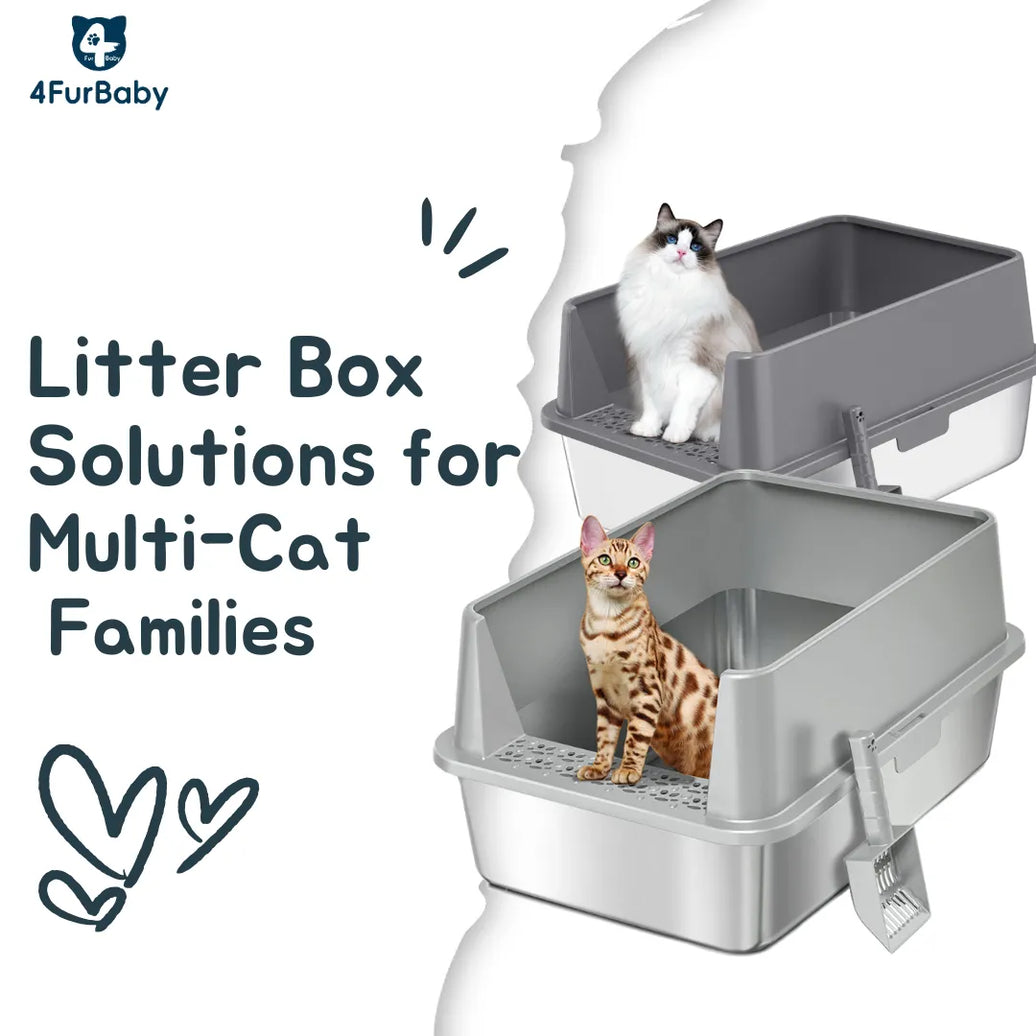

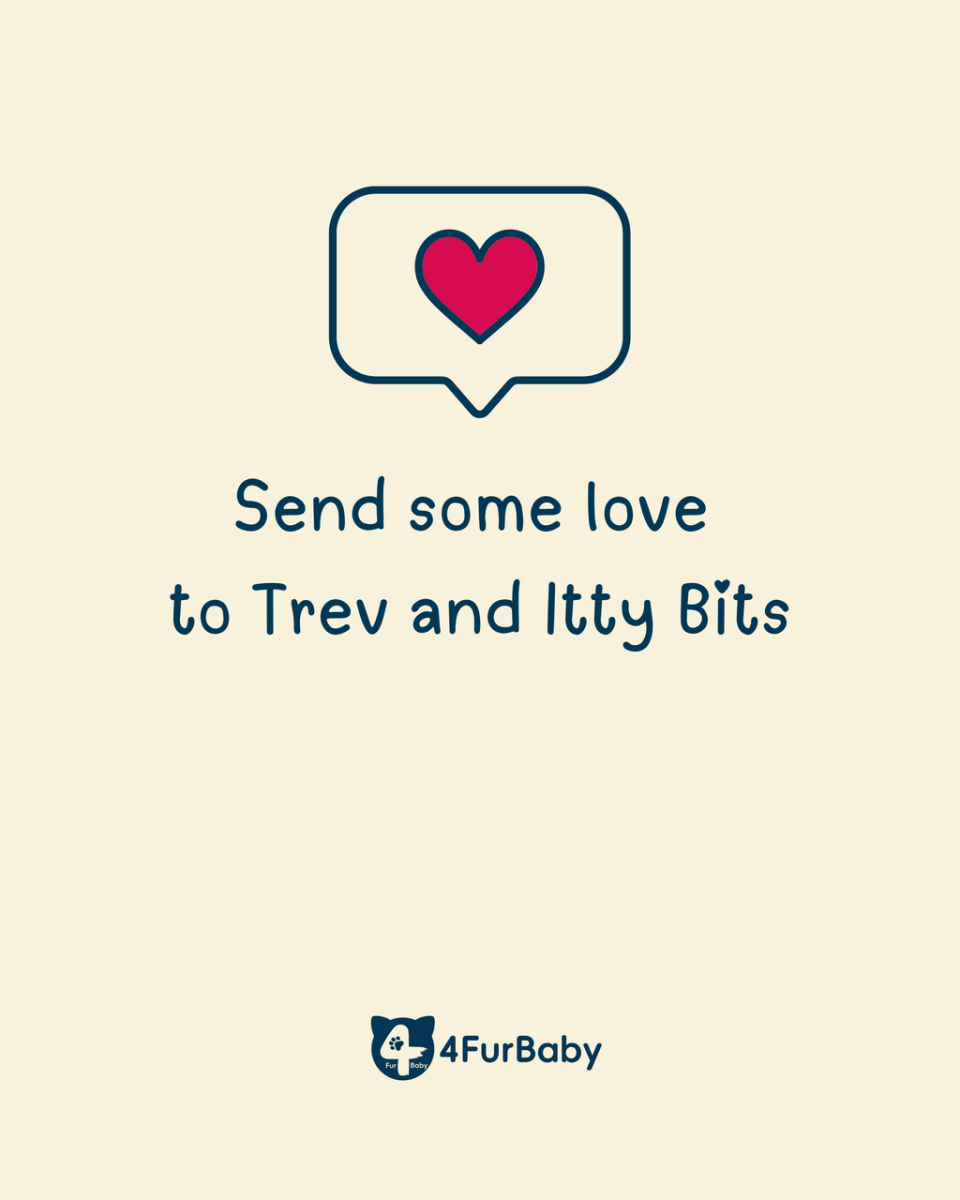

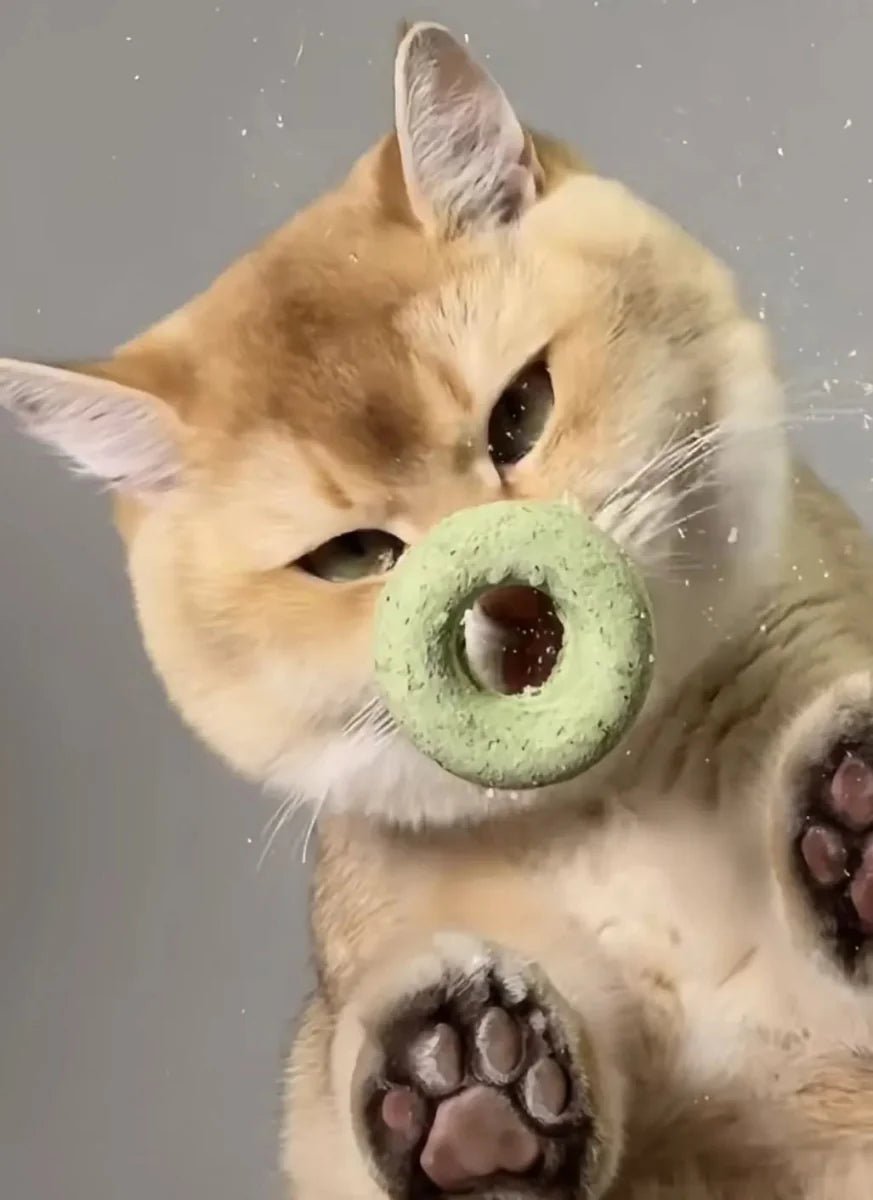

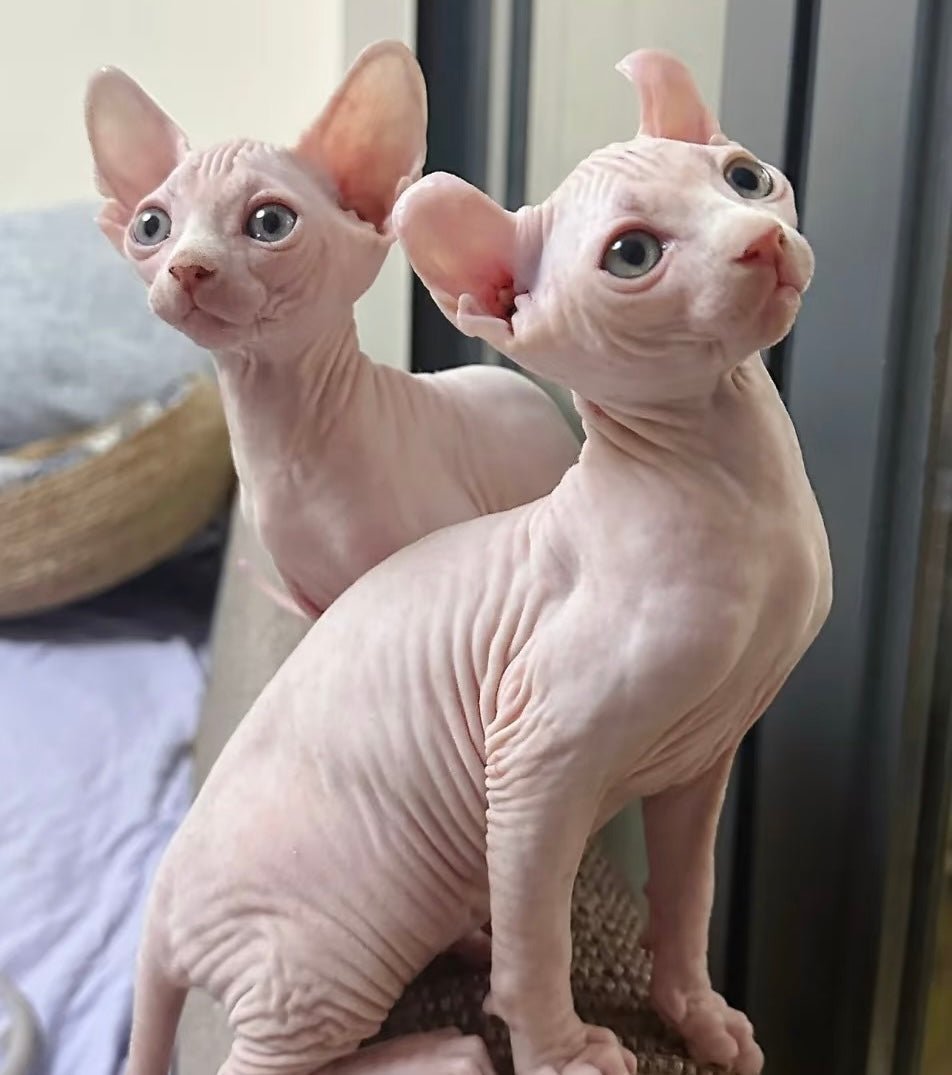



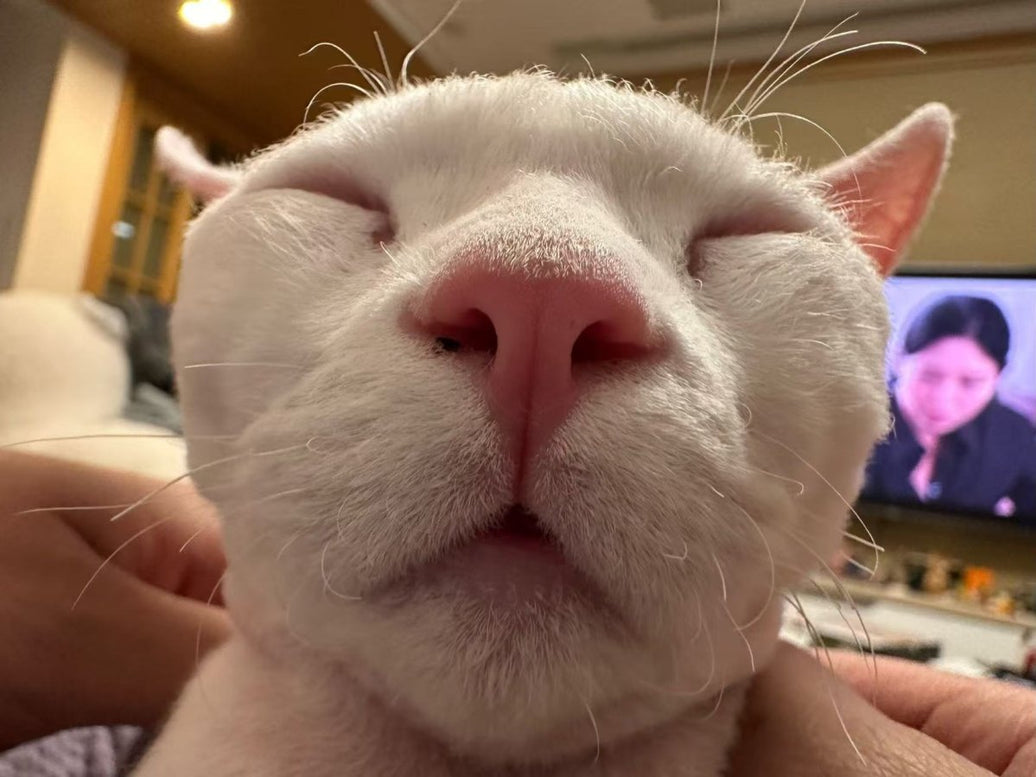
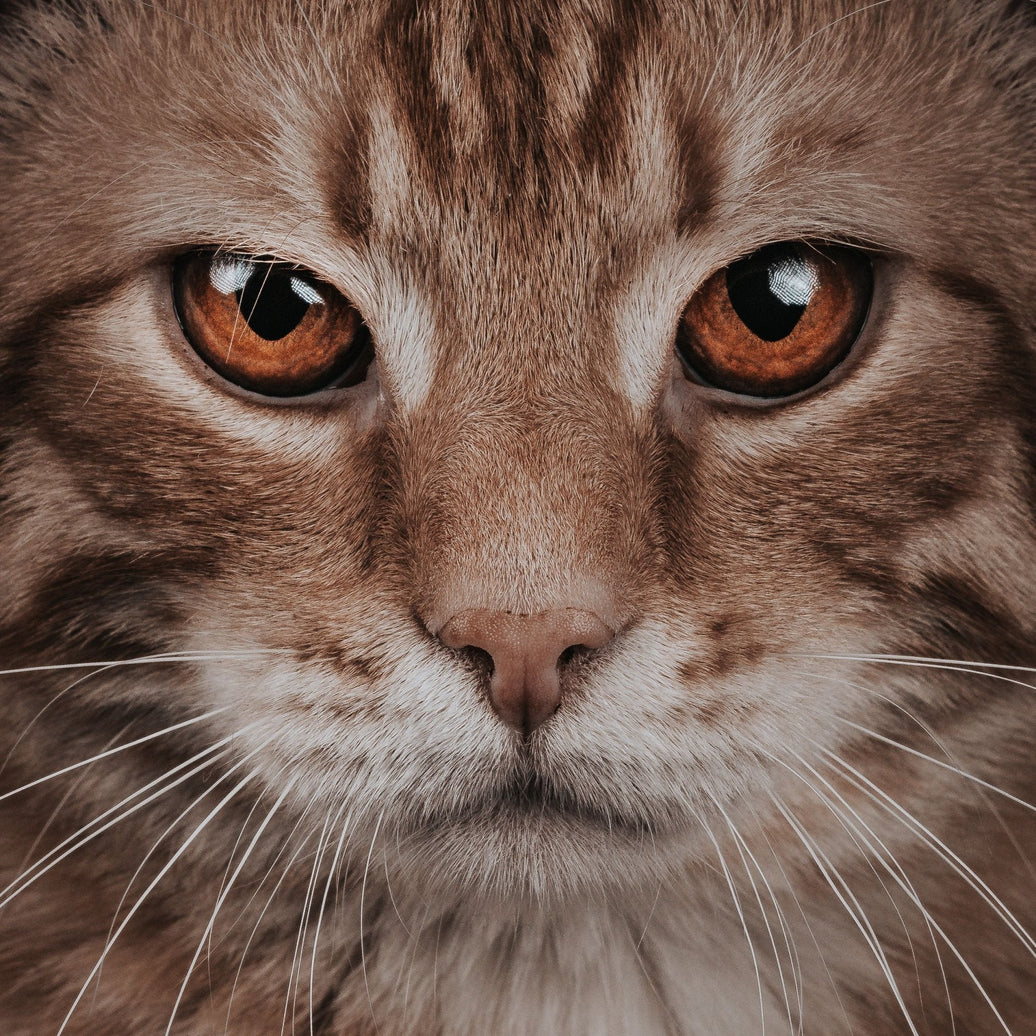
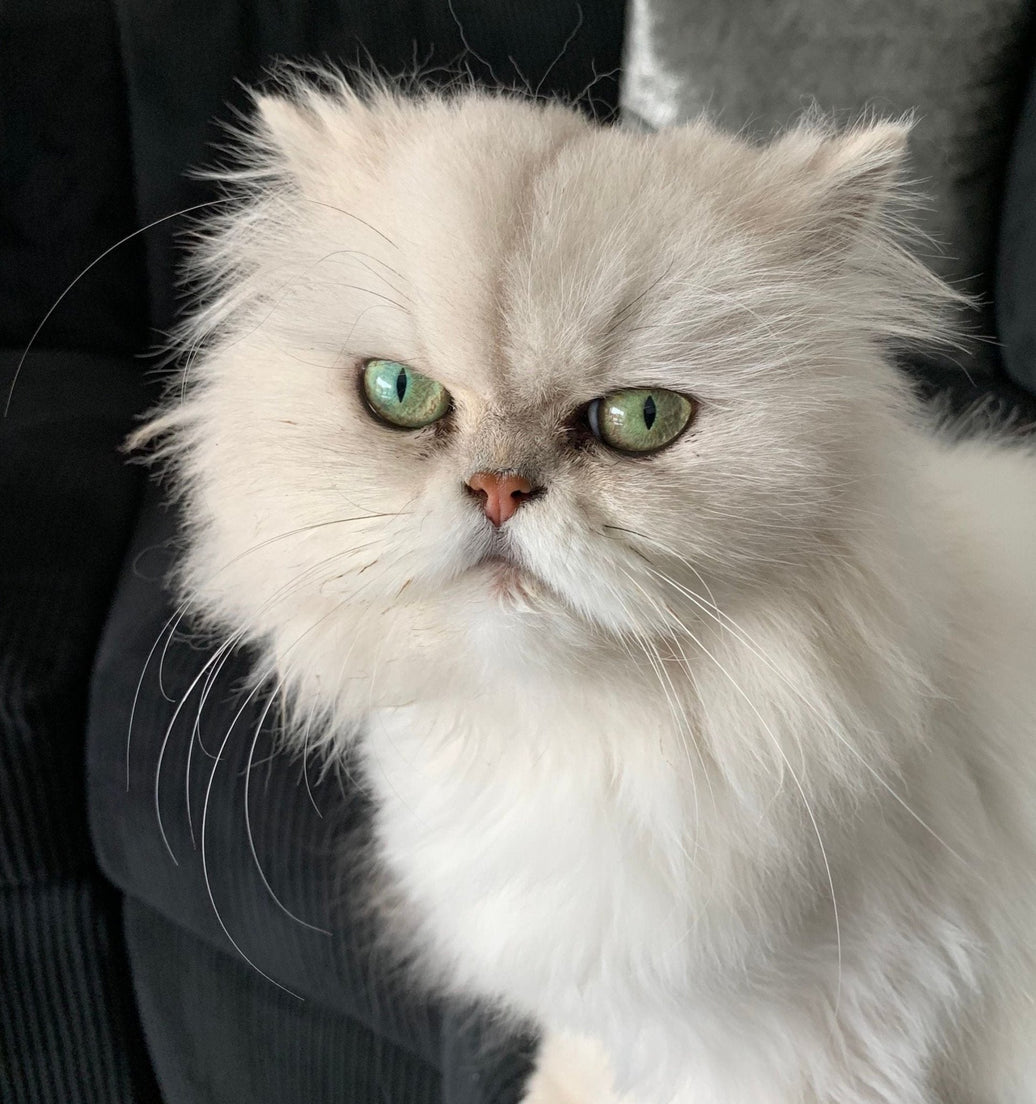









Leave a comment